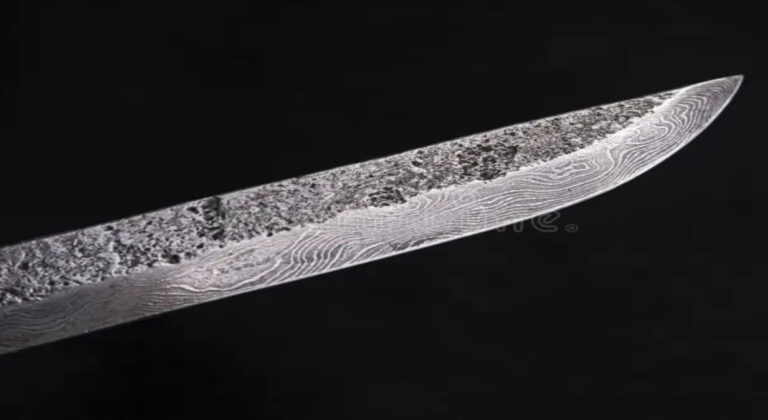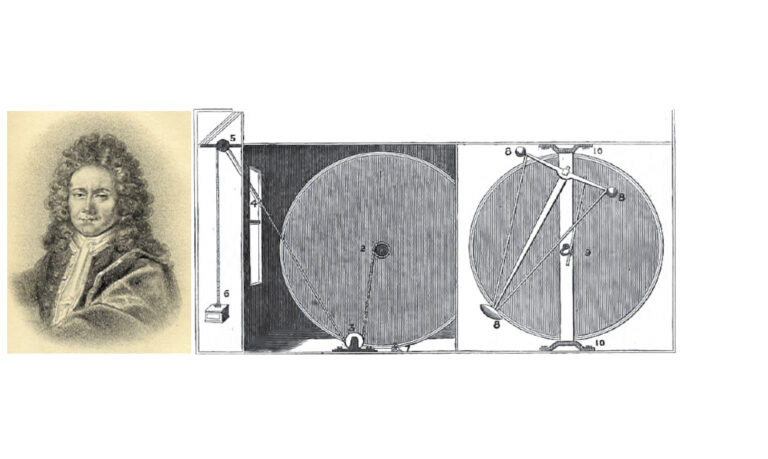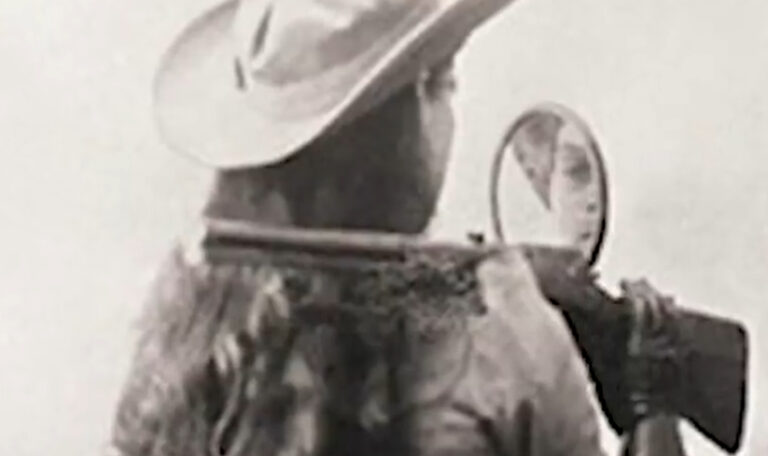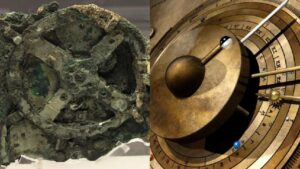In the age of satellites and Doppler radar, it’s easy to forget how wildly inventive early weather prediction could be. Among the strangest and most poetic inventions is the Tempest Prognosticator, a Victorian-era device that used leeches to forecast storms.
The Visionary Behind It: Dr. George Merryweather
Dr. George Merryweather was a physician based in Whitby, North Yorkshire. A lover of both natural philosophy and poetry, he was captivated by how animals appeared to sense impending natural events.
In 1850, after studying various animal behaviors and reading from naturalists like Luke Howard and Sir Humphry Davy, Merryweather turned his attention to the medicinal leech. His idea: a “biological barometer” that could harness animal instinct for public safety.
Quote from his original pamphlet:
“The leech, in its efforts to escape the water before a storm, acts upon a lever that rings a bell. It is the music of approaching danger.”
The Science (or Pseudoscience?) Behind the Bell
Modern meteorologists may raise an eyebrow, but Merryweather’s observations weren’t entirely off. Leeches are indeed sensitive to subtle environmental changes:
- Electrical discharges in the atmosphere → sensed by some aquatic animals
-
Humidity and temperature shifts can agitate confined animals
Today, we recognize these as non-specific stress responses, but to Merryweather, this was nature whispering a warning.
Other “animal predictors” of weather from the 19th century:
-
Frogs croaking louder before rain
-
Cows lying down before storms
-
Swallows flying low when pressure drops
How It Worked:
The Tempest Prognosticator looked more like a Victorian art piece than a scientific tool. Here’s how it functioned:
Merryweather observed that leeches became agitated before storms, likely due to changes in atmospheric pressure and electrical conditions. Capitalizing on this, he placed twelve leeches in separate glass bottles arranged in a circle, allowing them to see each other and avoid “the affliction of solitary confinement.” Each bottle was topped with a metal tube containing a piece of whalebone connected to a wire and a small hammer. When a leech tried to escape (a behavior linked to sensing a storm), it would trigger the mechanism, ringing a central bell. The more often the bell rang, the greater the likelihood of an approaching tempest.
Merryweather affectionately referred to his invention as a “Sympathetic Telegraph” and imbued it with personality, describing the leeches as his “jury of philosophical counselors.”
The 1851 Exhibition & Victorian Public Response
At the Great Exhibition of 1851, the Tempest Prognosticator sat among telegraphs, steam engines, and exotic machinery from across the globe.
Visitors were enchanted by its whimsy and elegance, though many questioned whether it truly worked better than conventional barometers. Still, Merryweather believed it could save lives, especially at sea.
He wrote to Parliament, suggesting it be installed at coastal stations along Britain’s eastern shore.
Government response:
The British Admiralty responded with polite praise—but ultimately declined to adopt it, favoring simpler mechanical tools that required no feeding, cleaning, or wriggling animals.
The Decline and Revival
Despite Merryweather’s hopes, the Prognosticator never became mainstream. However, it never truly vanished either.
Where you can see it today:
-
Whitby Museum (UK): A replica made for the 1951 Festival of Britain stands proudly among other local curiosities.
-
Dreweatts Auction House: In 2022, a full working model was sold. Crafted by clockmaker Phillip Collins, it used modern materials but kept the original leech mechanics intact.
Why It Still Matters
The Tempest Prognosticator isn’t just a quirky relic. It’s a symbol of 19th-century curiosity—when scientists, poets, and inventors shared the same spark. Merryweather’s invention reminds us:
Nature can still teach us, if we listen.
Creativity fuels discovery, even when it fails.
Empathy toward living things was part of early scientific ethics.








